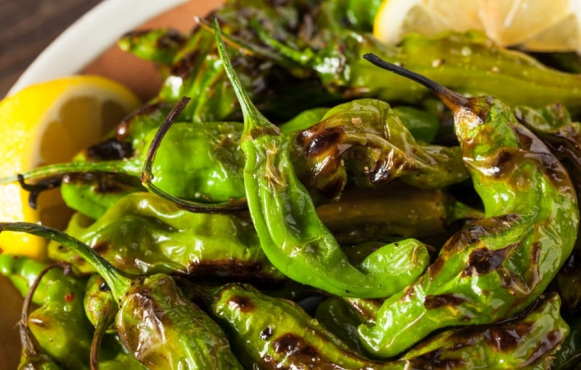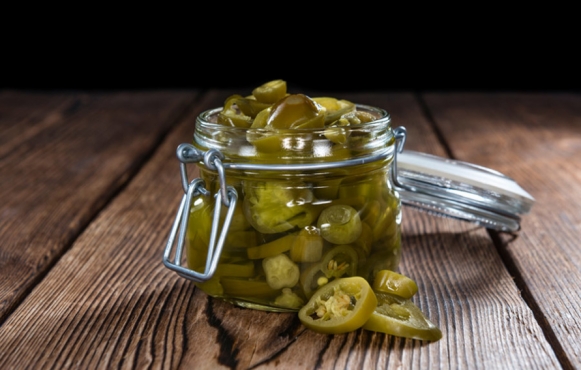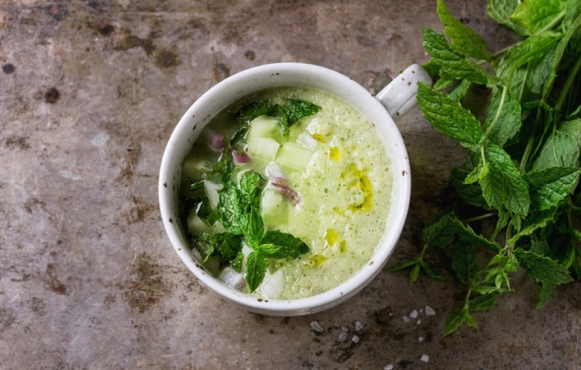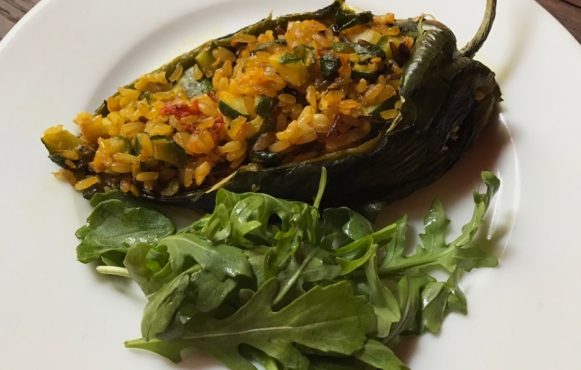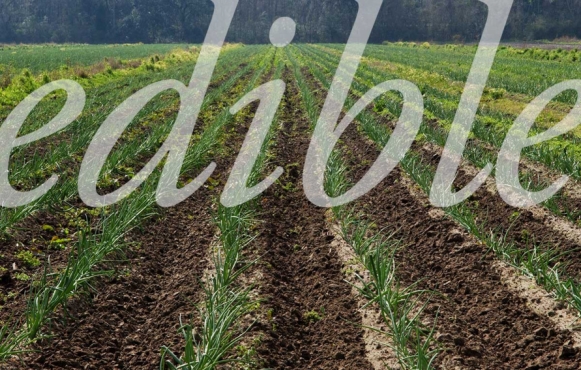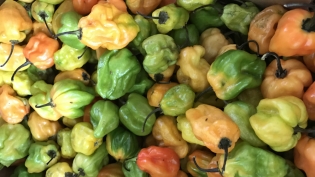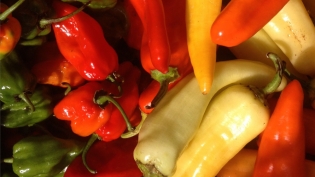Perfect Peppers
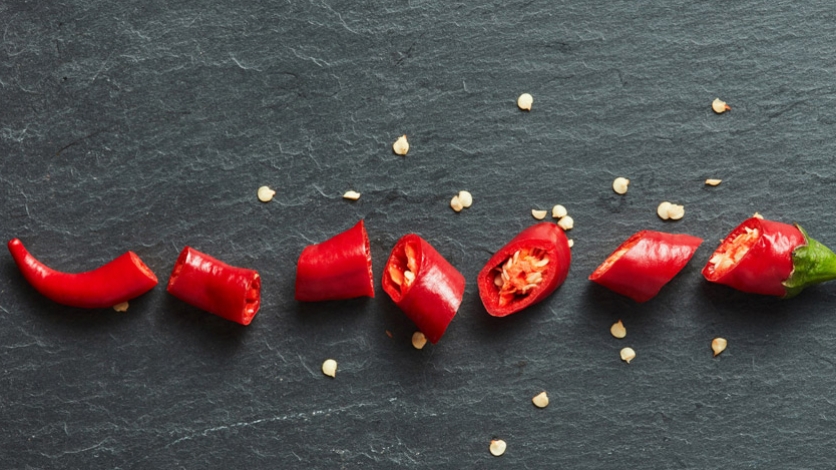
So many pepper choices, so many qualities: heat, fruitiness, piquancy, sweetness, pungency, aroma and vibrant color
Good for You
Peppers are a healthy choice no matter where they fall on the heat scale. They’re high in vitamin C and A, thiamin, niacin, folate, magnesium, copper and dietary fiber. They can be grown even in the hot South Florida summer and freeze well.
Put Out the Fire
Use food prep gloves when chopping chile peppers. If you happen to get some of the capsaicin on your skin and it starts burning, wash with rubbing alcohol or dish soap to dissolve the oil, not water. If you happen to touch your eyes – use a saline solution and blink to cause tears and flush out the irritant. To relieve the burn after eating too-hot peppers, try milk, cream, yogurt or sour cream. Dairy fat is what you’re looking for. “If it’s hot, anything with fat content, like milk, will help,” says chile expert Mike Heckart. “If it’s really hot? Nothing will help you.”
Storing Peppers
Refrigerate fresh, dry peppers in a plastic bag in the vegetable drawer. To freeze, wash and dry thoroughly on a paper towel, then put in a zip-top , press out as much air as you can, and put in the freezer. To dry peppers, use a food dehydrator. Heckart recommends a temperature no higher than 200 degrees. Cut large peppers lengthwise and leave smaller peppers whole to dry until they’re brittle. You can then grind them into chile powder using a spice grinder or food processor. Store airtight.
Spice Up Dishes
• Add a pinch of cayenne pepper in powder to chocolate or spice cookies Stir a spoonful of sriracha, a Vietnamese condiment made from red jalapeño peppers, into mayonnaise for a spicy sandwich spread.
• To roast peppers, grill them over a flame, turning until blackened all around. Place in a closed paper bag for five minutes, then rub off blackened skin. Slice and remove seeds and use in a recipe. Or drizzle with extra-virgin olive oil and season with salt and serve.
• To add just a bit of pepper flavoring, poke a hole in a hot pepper and add to your dish while it’s cooking. Remove the whole pepper before serving.
• Saute roasted, skinned and chopped poblano peppers for a few minutes, cool, then add to cornbread before baking.
• Make flavored vinegar: Slice lengthwise fresh chiles, such as serrano, and add to a jar a few cloves of garlic and fresh herbs, such as oregano. Cover with white vinegar and put the lid on top. Store in a cool, dark place for three weeks, then strain into a jar.


